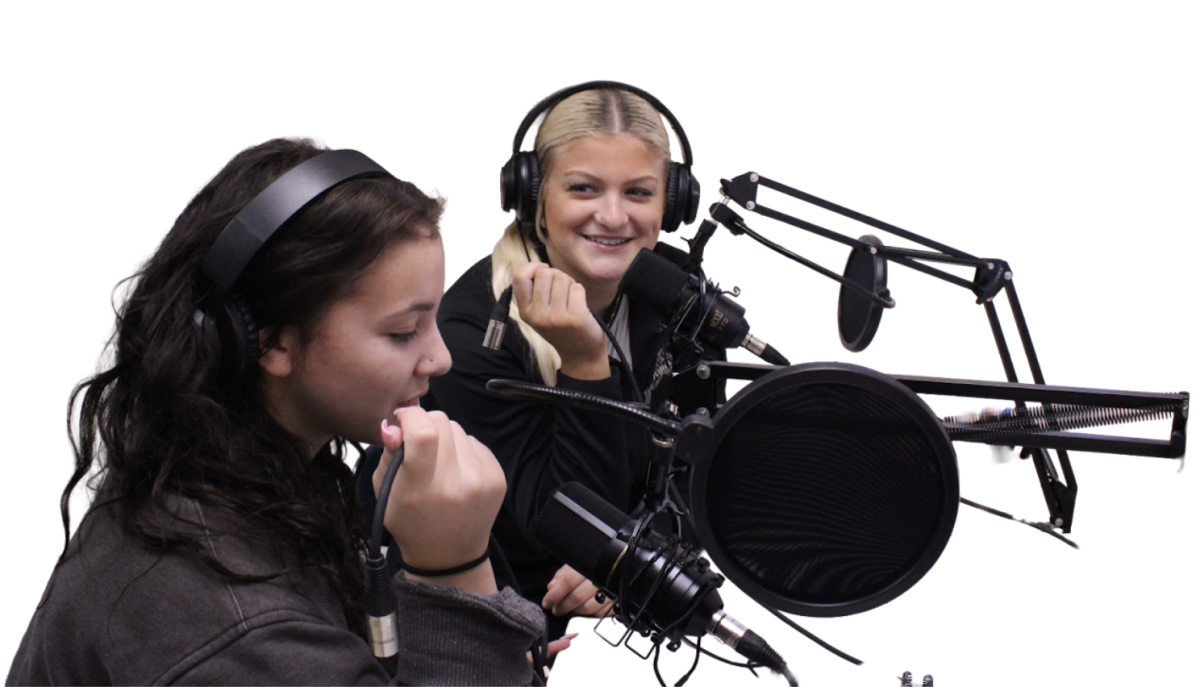You walk into a large, dark room. It is pitch black, lit only by a single light on a table. An old man with hair that stands on end and large circular glasses looms over it. In the darkness, you hear the faint screams of hopelessness and terror and the rattling of cages of both man and beast.
This is the vision that most people associate with the terms medical or psychological experimentation. While evil scientists may not be universally accurate, many terrible experiments are. At the same time, medical and psychological experimentation is important to further our understanding of human minds and bodies.
Modern researchers have a set of ethics in place to control their experiments and prevent and reduce the trauma of the person who is participating. According to Pfizer, a multinational pharmaceutical and biotechnology corporation, medical clinical trials are done in stages. First, they are tested on animals. Next, they are sent to the U.S. Food and Drug Administration (FDA). Once they are approved, only then are they tested on humans who agree to the process. The Institutional Review Board must deem at all of these levels that the work being done is humane.
“I run classroom experiments all the time on my students, and they don’t walk away traumatized,” AP Psychology teacher Daniel Ferrel said. “They walk away a little more enlightened.”
However, experiments did not always have the same ethical guidelines in place. One of the most well-known experiments was the Nazi Medical Experiments that occurred during World War II. Their experiments fell under three different categories. They tested drugs and medicines, survival measures for military personnel and experiments that sought to discover the difference and superiority of the German Aryan race.
Their tests on men, women and children held no regard for the suffering and trauma of their test subjects. According to The Holocaust Encyclopedia, prisoners from concentration camps were put through high altitude tests to determine the maximum height one could jump out of a damaged aircraft. They were injected with diseases to test for potential cures and exposed to phosgene and mustard gas to test treatments and preventative measures. According to an oral history at the Holocaust Museum, a woman named Ruth Elias had her breasts tied off so German experimenters could see how long it took her baby to starve. She eventually killed her child to keep them from suffering longer. These are only some of the experiments that occurred.
This was a horrible part of our world’s history, but such experimentation is not only conducted by major villains. Germany has another famous experiment, although this one is more recently coming to light. The Kentler Experiment was led by a man named Dr. Helmut Kentler who, according to the Irish Times, was considered a “great success” until his death.
In the 1960s, Germany had multiple scandals involving pedophiles. In order to solve this problem, Kentler came up with an idea to cure pedophiles of their attraction to children. Kentler’s idea was to place foster kids in the homes of pedophiles so that the children could have a loving, safe place and the adults could learn to care for the children and thus be cured of their sexual interest in them. However, they faced abuse instead of the intended care. This experiment was only discovered in 2022 when the children, who are now adults, started speaking up.
In the 1960s and 70s, the University of California San Francisco (UCSF) conducted experiments on prisoners at the California Medical Facility. Over the years, UCSF faculty memebers experimented on 2,600 men with various substances including pesticides and herbicides, which the Los Angeles Times reports were “applied directly on the skin and intravenously, along with placing small cages with mosquitoes on or near inmates’ skin.”
Another experiment involves a woman named Henrietta Lacks. Her cancer cells were discovered to be unlike other cells in the sense that they doubled every hour instead of dying like cells normally would. Her cells were biopsied in 1951, and without her knowledge, they were used in many more experiments. An article by Johns Hopkins Hospital, which conducted the experiments, reports that her cells were used to find the COVID-19 vaccine.
Many unethical experiments were conducted on numerous groups of people throughout history. While they are tragic and caused trauma, some greatly expanded our knowledge. In the end, it comes down to what researchers and scientists can and cannot do from an ethical and moral standpoint.
“Students understanding ethics – what is good, what is not good and how to revolve their life around making ethical decisions – is valuable on a personal level,” Ferrel said.
Medical and psychological experiments are still very important to science, and modern clinical trials hold value. Unlike many past experiments, most modern ones provide knowledge to not only the participants, but also public records. Most unethical experiments have a severe lack of documentation to be studied, thus they are rarely discussed.
“I feel like people should be informed about what all is going on,” junior Madisyn McLean said. “It would be interesting to learn about, but also to just know because there are some sketchy things that go on.”











